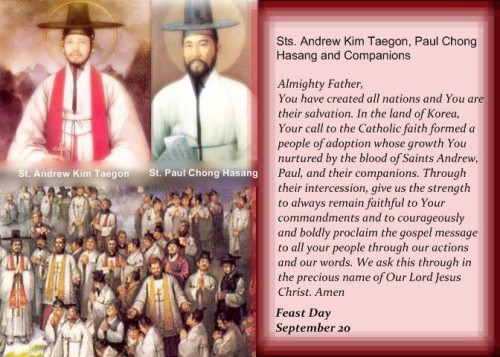 St. Andrew Kim Tae-gon & St. Paul Chong Hasang
St. Andrew Kim Tae-gon & St. Paul Chong Hasang
Please Pray For Us
Image Courtesy: Pinterest
(Vatican) Pope Saint John Paul II said this of the Catholic Church in Korea in his Homily during the ‘Celebration of Mass for the Canonization of Korean Martyrs’ on the 06 May, 1984
“The truth about Jesus Christ–reached Korean soil, it came by means of books brought from China and in a most marvelous way, divine grace soon moved your scholarly ancestors, first to an intellectual quest for the truth of God’s word and then to a living faith in the Risen Savior.
Yearning for an ever greater share in the Christian faith, tour ancestors, sent one of their own to Peking where he was Baptized. From this good seed was born the first Christian community in Korea, unique in the history of the Church by reason of the fact, that it was founded entirely by Lay people.
This fledgling Church, so young and yet so strong in faith, withstood wave after wave of fierce persecution. Thus in less than a century, it could boast 10,000 Martyrs. The years 1791, 1801, 1827, 1839, 1846 and 1866 are forever signed with the Holy blood of your Martyrs and engraved in your hearts.
Even though the Christians in the first half century only had two Priests from China to assist them and these only for a time, they deepened their unity in Christ through prayer and fraternal love; they disregarded social classes, encouraged religious vocations and they sought ever closer union with the Bishop in Peking and the Pope in faraway Rome.
After years of pleading for more Priests to be sent, your Christian ancestors welcomed the first French Missionaries in 1836 — Some of these too are numbered among the Martyrs who gave their lives for the sake of the Gospel and who are being Canonized today in this historic celebration.”
Saint Andrew Kim Taegon: (EWTN) Born 1821 in Korea Chungchong Province, his parents being converts to Catholicism were subject to persecution, to avoid this they moved to Kyonggi Province.
At the age of 15, Kim Tae-gon was selected by a visiting Priest to be a Seminarian and was sent with two other Seminarian to China Macau.
Arriving in 1873 he began his studies with the Missionaries of the Far Eastern Procure of the ‘Paris Foreign Mission Society’ by 1842 Kim Tae-gon left Macau as an Interpreter for a French Admiral aboard a warship. When the Admiral returned to France, Kim Tae-gon attempted to return to his homeland through the strictly guarded Northern frontier but failed.
In 1844 Kim Tae-gon was Ordained a Deacon in China, managing to return to Korea the following year arriving in Seoul — Kim Tae-gon would subsequently lead the French Missionaries by sea to China Shanghai, where Bishop Ferreol Ordained Kim Tae-gon the first Korean Priest in the Church’s 60 yr history in Korea.
Fr. Kim Tae-gon would return to Korea with Bishop Ferreol, reaching Chungchong Province by October 1845 — In Fr. Kim Tae-gon hometown, he Catechized the Christian faithful until Bishop Ferreol summoned him to Seoul.
At Bishop Ferreol Order, Fr. Kim Tae-gon, he attempted to introduce French Missionaries from China into Korea, enlisting the aid of Chinese Fishermen. For this, Fr. Kim Tae-gon was arrested and sent to the central prison in Seoul, where he was charged as the ‘ringleader’ of a heretical sect, traitor to his country and sentenced to death by beheading.
Saint Paul Chong Hasang: (SQPN) Born 1795 in Korea and son of Yak Jong Church who was Martyred for Christ in 1801 during the persecution of Shin-Yu, which resulted in the deaths of all of the Clergy– Paul Chong Hasang though a Laymen, reunited the scattered Christians, encouraging them to keep and live their faith.
Paul Chong Hasang would write the Sang-Je-Sang-Su attempting to explain to the Korean government why the Church was no threat to them. Crossing into China 9 separate times, he worked as a servant to the Korean diplomatic corps. There Paul Chong Hasang worked to get the Bishop of Beijing, to send more Priests to Korea, he would likewise plead directly to Rome for assistance.
In September 1831 Pope Gregory X proclaimed the validity of the Korean Catholic Diocese. When the Priests began to return, Paul Ching Hasang entered the Seminary to study for the Priesthood, however he would be Martyred during the Gi Hye perscution of 1839 before he could be Ordained. — Paul Chong Hasang is remembered as one of the ‘Great Founders’ of the Catholic Church in Korea.
Throughout the 18th and 19th centuries, there were 6 great waves of persecutions in which some 10,000 Christians according to Catholic News Agency shed their blood for their faith in Jesus Christ.
Today there are an estimated 5.1 Million Catholics in Korea.
More here from Franciscan Media
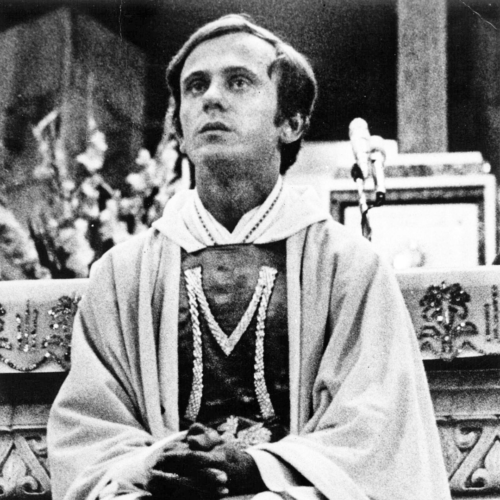
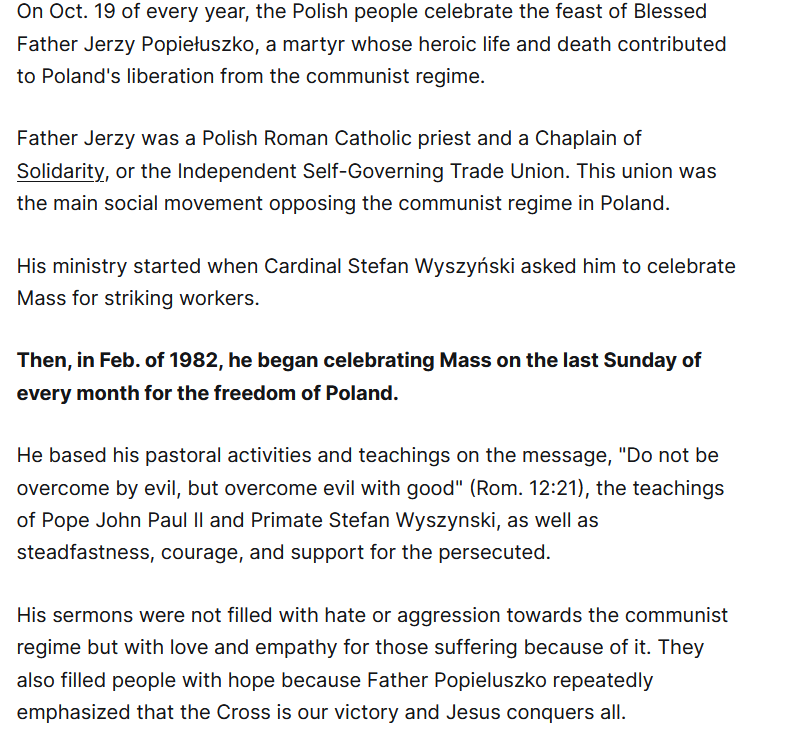
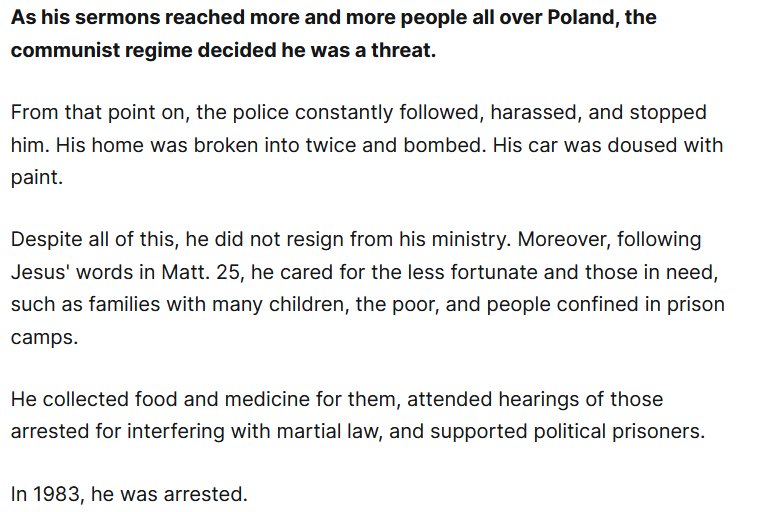
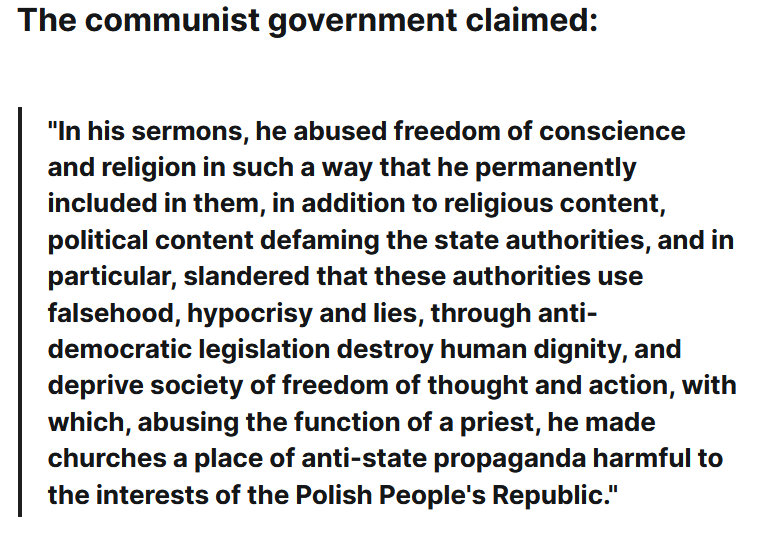
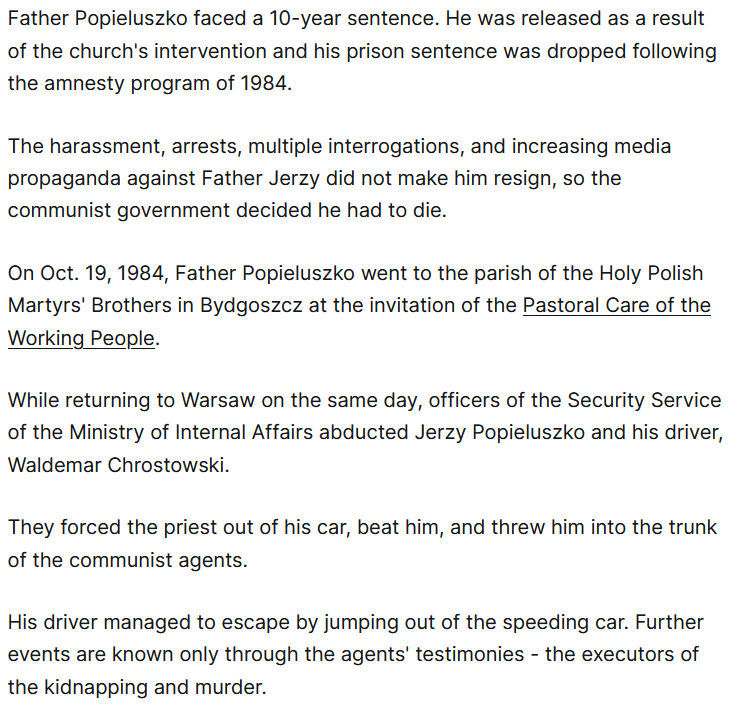
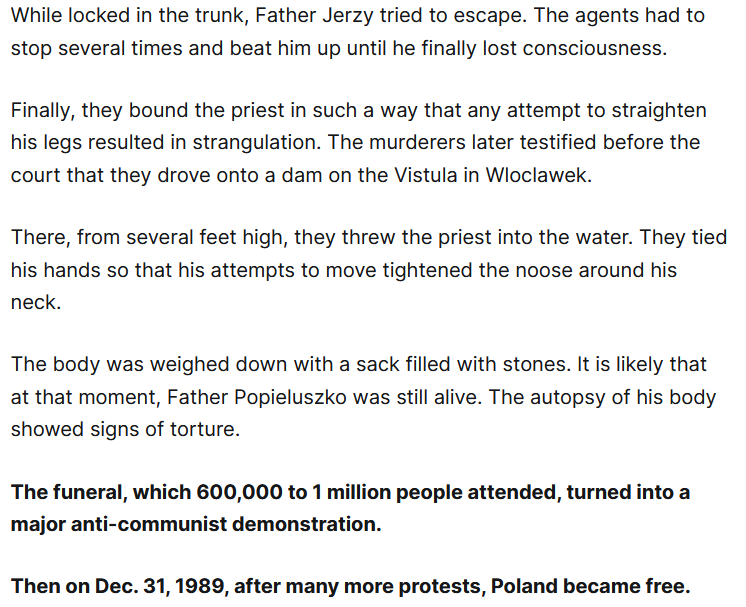
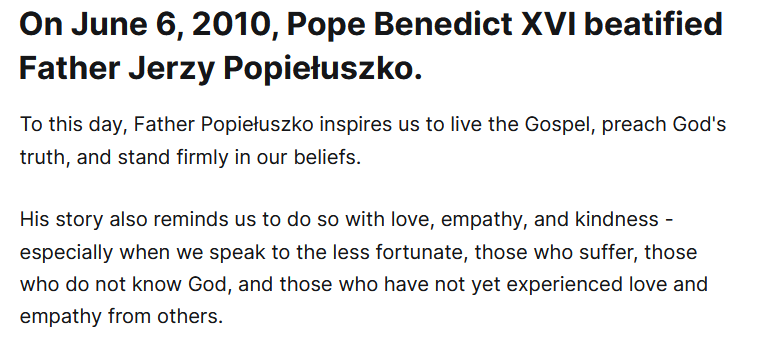 Originally Published at
Originally Published at 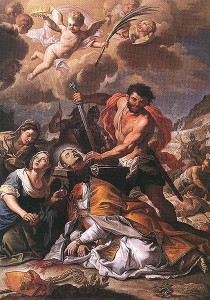
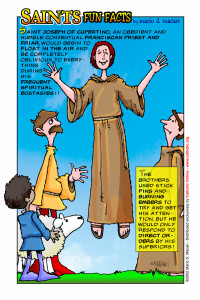
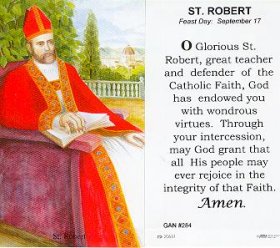 Saint Robert Bellarmine (1542-1621) Image:
Saint Robert Bellarmine (1542-1621) Image: 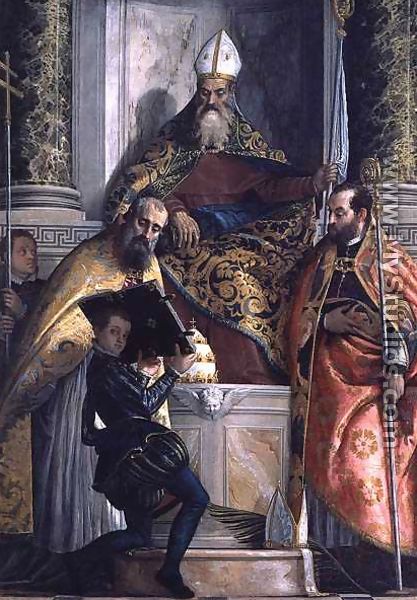 Painting of St. Anthony Abbot with Pope Saint Cornelius, St. Cyprian and a Page — By: Paolo Veronese at Pinacoteca di Brera Museum, Italy Milan –Image Courtesy:
Painting of St. Anthony Abbot with Pope Saint Cornelius, St. Cyprian and a Page — By: Paolo Veronese at Pinacoteca di Brera Museum, Italy Milan –Image Courtesy: 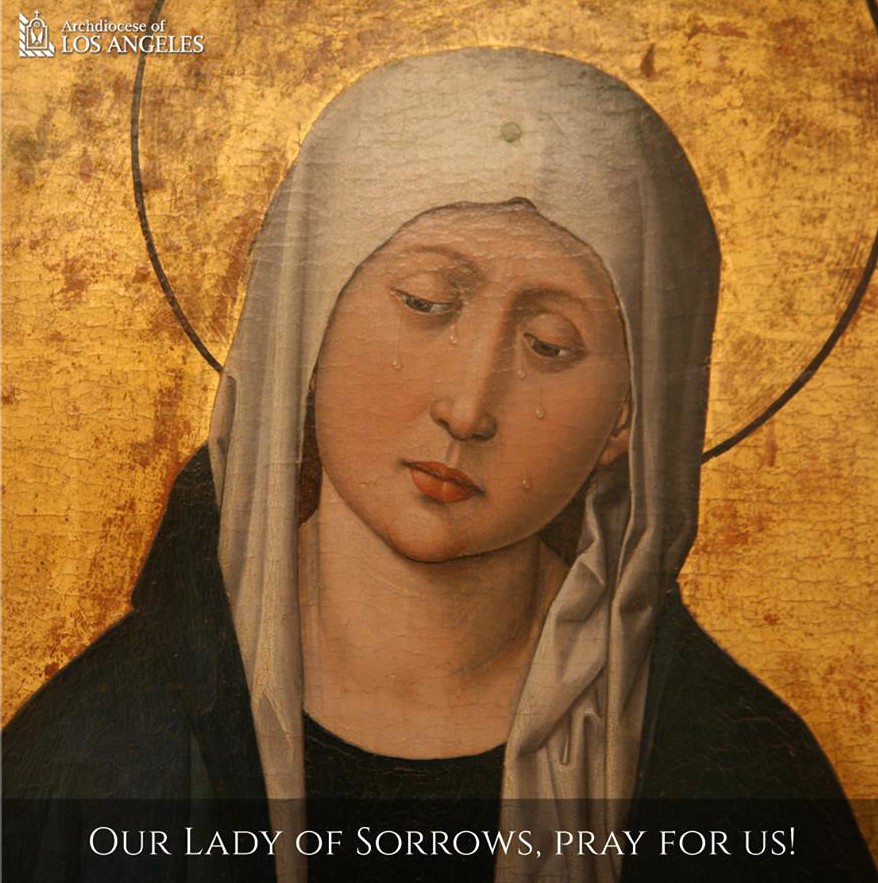 Our Lady of Sorrows –Image Courtesy: Archbishop Jose Gomez
Our Lady of Sorrows –Image Courtesy: Archbishop Jose Gomez 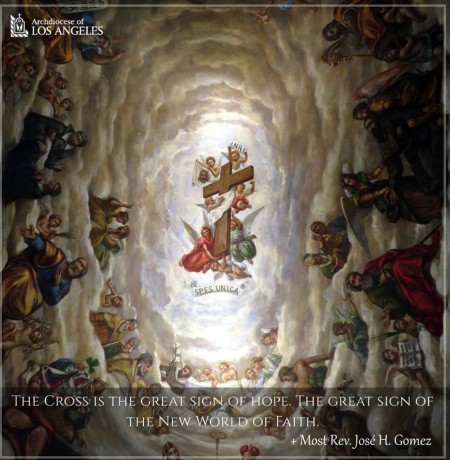 Feast of the Exaltation of the Holy Cross
Feast of the Exaltation of the Holy Cross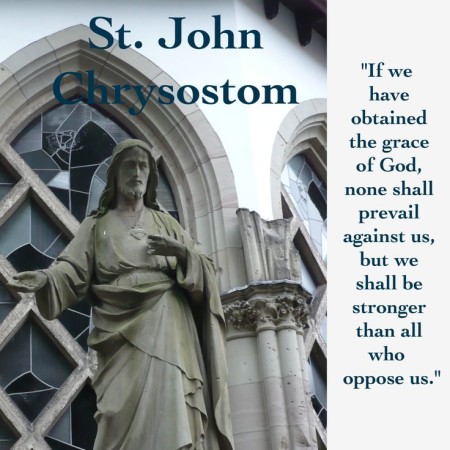 St. John Chrysostom -Image Courtesy: Pinterest
St. John Chrysostom -Image Courtesy: Pinterest 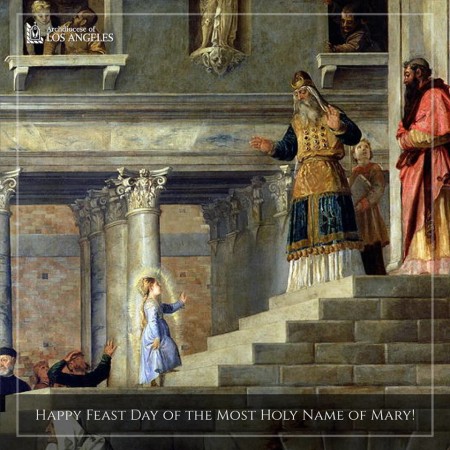 Most Holy Name of the Blessed Virgin Mary
Most Holy Name of the Blessed Virgin Mary